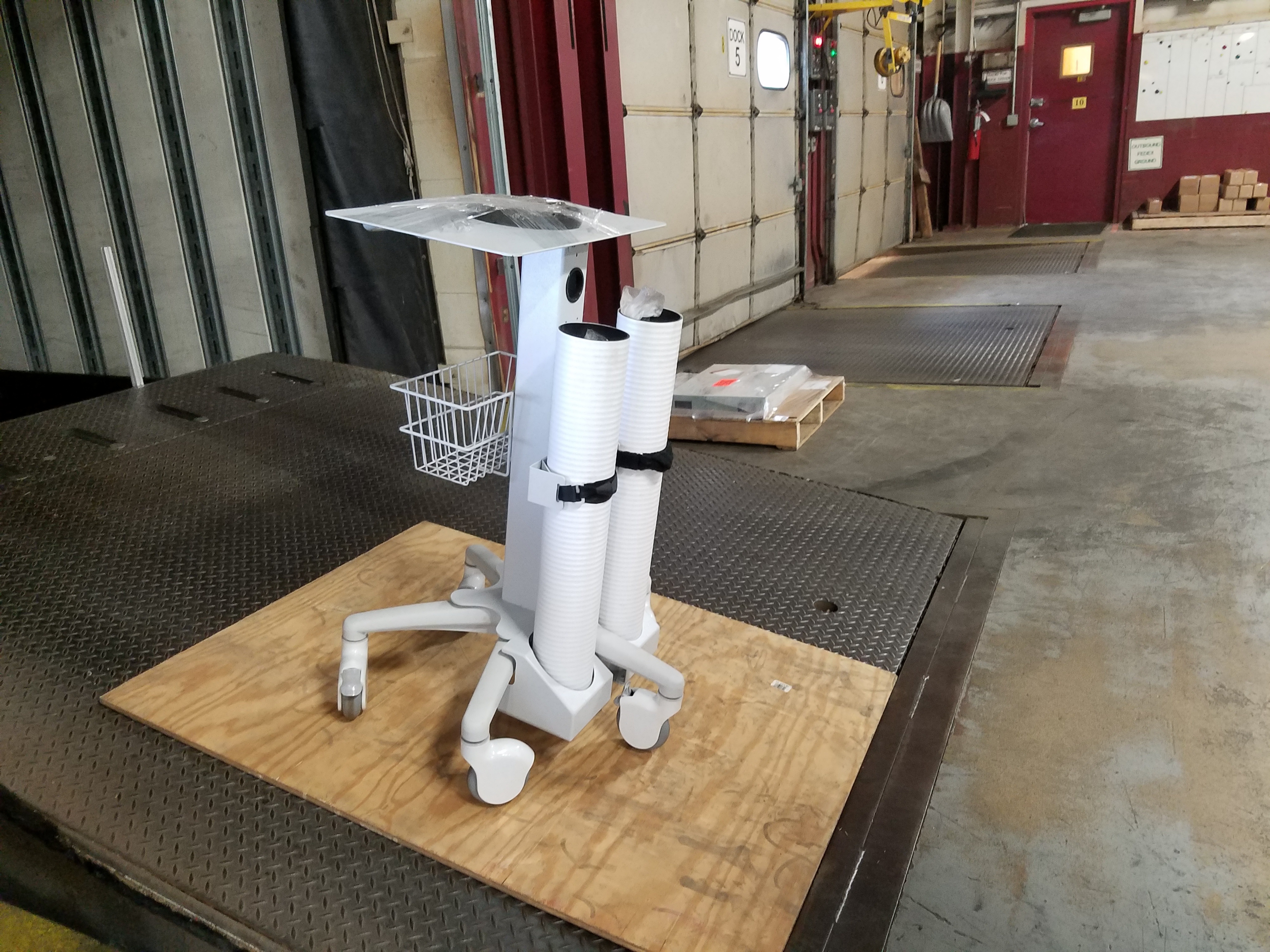When it comes to IEC 60601-1 testing for instability, the subtle differences between individual tests can get lost in the language. You’ll notice a number of subtle differences between tests like Instability in transport position, Instability excluding transport position, Instability from unwanted lateral movement (including sliding) and Instability in transport.
In this blog, we’ll explore how to conduct your own test for Instability from unwanted lateral movement and how this relates to similar transport test.
Materials Needed:
- Plywood or any other hard, flat, floor-like surface
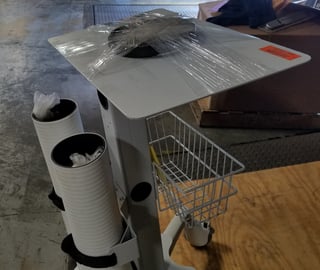
- Angle measuring device
- Adjustable incline (we use a loading dock)
- Medical cart prototype including any additional weight that will simulate the equipment being used on the cart.
You can see in this picture that we’ve secured weights to the top of the cart to simulate the weight of the device is intended to sit there, and weight has been added to simulate gas bottles.
IEC 60601 Instability in Transport Test: Run One
1. In this case, we used a loading dock and a sheet of plywood to create our ten degree incline and flat floor.
2. Measure ten degree incline and make adjustments as needed.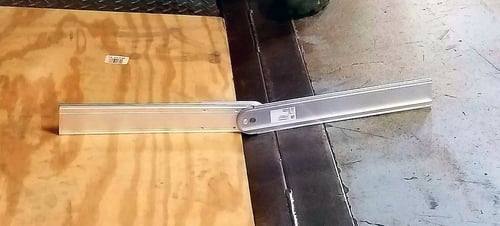 3. Place medical cart in least favorable position and lock. The least favorable position will have the least amount of weight directly above the brakes
3. Place medical cart in least favorable position and lock. The least favorable position will have the least amount of weight directly above the brakes
4. You can see in the picture that the locking castors are futher up on the incline than the center of gravity, making it the least favorable position.
5. Let go and monitor movement.The medical cart cannot slide over 50 mm (1.97 in) after the initial creepage.
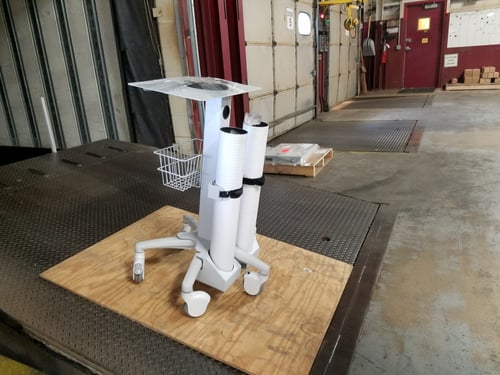
As you can see from the video, this first test failed the sliding test. To remedy this, we added a locking castor in place of a swivel castor. Hypothetically, this cart could’ve passed the test with two locking castors if those castors were adjacent as opposed to next to each other. Even though this strategy would have technically worked, it’s not a popular option because it causes confusion with end-users, so it’s counter-intuitive to have a locking wheel on the back side of the cart.
IEC 60601 Instability in Transport Test: Run Two
We conducted the same test again, except this time with three locking castors and two swivel castors. Notice that medical cart does jolt a little; this is the initial creepage discussed earlier.
Here's a closer view of what initial creepage looks like.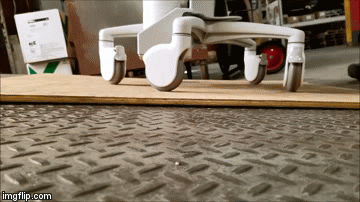
Because the medical cart doesn't continue to slide, pivot or tip, we consider this test successful. So, now we move on to the last step—rotating the cart in every plausible position as dictated by IEC 60601-1.
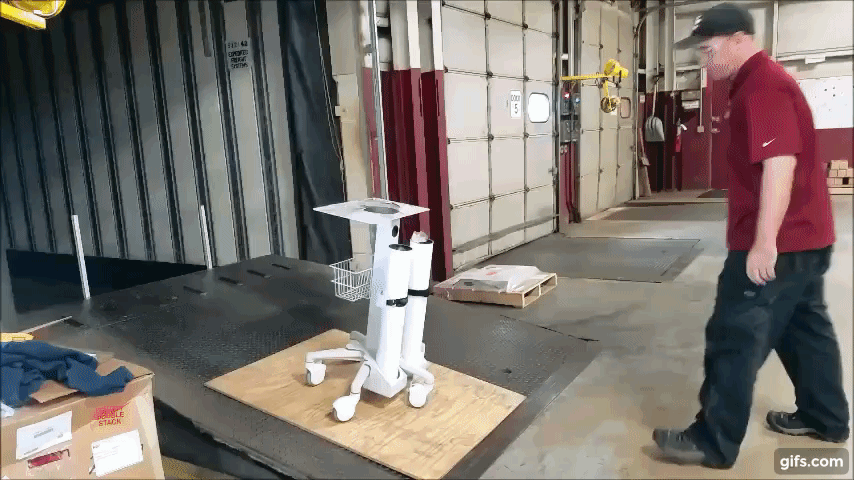
HUI takes the opportunity to simulate 60601 tests on-site to help ensure the success of your custom medical cart.
At HUI, we design custom medical carts with testing in mind. Contact us today, and we’ll get your project underway.
